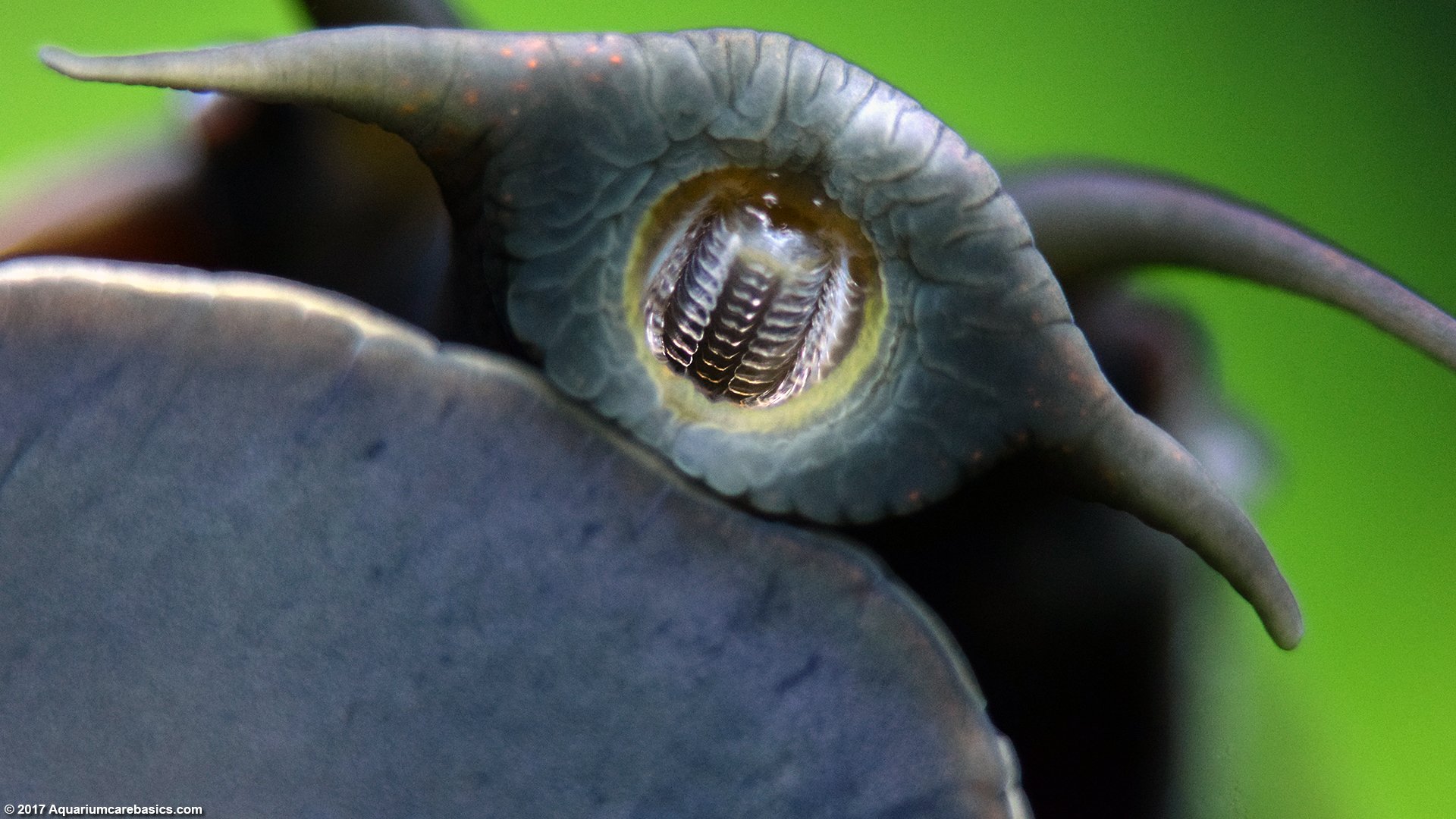
People should also avoid handling the egg clusters as they may contain a neurotoxin that irritates the eyes and skin. Some apple snails collected in Louisiana have tested positive for rat lungworm, but no human cases have been identified in Louisiana. Most cases are mild and people fully recover, but severe cases can cause chronic nerve damage or even death. Human Health ConcernĪpple snails are also known to be an intermediate host to rat lungworm ( Angiostrongylus cantonesis), a parasite that can infect humans through the consumption of raw or undercooked snail meat or contaminated produce. Feed on a wide variety of native and introduced aquatic plants. Females are able to lay a new cluster every five to 14 days. Each cluster contains between 500 and 700 eggs. Egg clusters are bright pink and can be seen on vegetation and other hard surfaces like pilings or culverts. Spend the majority of their lives under water but lay their eggs above the water line. Find high-quality stock photos that you wont find anywhere. Currently found in 30 parishes across southern Louisiana. Search from 59 Life Cycle Of A Snail stock photos, pictures and royalty-free images from iStock. Highly adaptable and able to survive drought and low oxygen conditions by burronwing in the mud in a dormant-like state. In Louisiana, found in freshwater lakes, rivers, streams, marshes, ponds, and ditches. Prefer well-oxygenated, slow-moving waters with low salinities. Introduced to the United States due to irresponsible aquarium dumping.

Threatened Species Unit.Popular aquarium snail native to South America. Mitch the Rainforest Snail: Teacher resource book. NSW National Parks and Wildlife Service.Observations on the behaviour of the Australian land snail Hedleyella falconeri (Gray 1834) (Pulmonata: Caryodidae) using the spool-and-line tracking technique. Bugs Alive! A Guide to Keeping Australian Invertebrates. Land snails are host to parasites such as Nematodes (roundworms) which occur within the snail’s digestive system and can be passed on to other hosts. These relatively large meals are favoured by birds such as the Albert's Lyrebird, Menura alberti, Superb Lyrebird, Menura novaehollandiae, and the Noisy Pitta, Pitta versicolour, which will smash snails open by slamming them down onto a rock acting like an anvil. These eggs are relatively large in size for snails, at around 18mm long and 2g in weight, they are truly giant.īreeding in the wild has been recorded in the warm and humid conditions during February, however the species can breed year round in captivity if the right conditions are supplied. These nest sites have been recorded in open areas, not under logs or amongst tree roots. Fifteen to 20 cream coloured eggs are laid over a period of a few days in a shallow burrow (about 50mm deep) and are left covered with leaf litter. Mating occurs over night whereby the two snails exchange sperm to fertilise each others eggs. Giant Panda Snails are hermaphroditic, meaning that individuals possess both sperm and eggs. Garden snails have an average lifespan of 2-5 years, although they can live up to 10 years in captivity. Like all gastropods the shell of the snail grows in a spiral fashion adding a new ring of calcium carbonate around the opening at each growth stage. Young snails grow relatively slowly and may not even double this size within the animal's first year. Giant Panda Snails begin life as an egg, hatching snails are tiny, hatching from their translucent eggs at about 15mm in length.

Additionally, Cuttlebone (the hard internal skeleton of another kind Mollusc Cuttlefish) is provided as a source of calcium which snails need for healthy shell growth. Mollusc mix is specially formulated to provide protein, vitamins, calcium and other nutrients to snails and slugs which usually feed on fungi and algae in the wild. The captive diet for Giant Panda Snails kept at the Australian Museum includes mushrooms, some soft fruit and and an artificial mixture called 'Mollusc Mix' which was originally produced by the Zoological Society of London to raise the endangered Partula Snails of French Polynesia. Only part of the snail's foot is exposed and out of the shell while feeding, even the mouth remains hidden while the animal eats. In the wild this species feeds on the fruiting bodies of fungi on the forest floor, one study found indications that Giant Panda Snails feeding on the fruiting bodies of the fungus Polyporus varius (Order Aphyllophorales). In addition to this, like other land snails they only forage during or after rain. Giant Panda Snails are active year round, however they are unlikely to be found since they are mostly nocturnal.


 0 kommentar(er)
0 kommentar(er)
